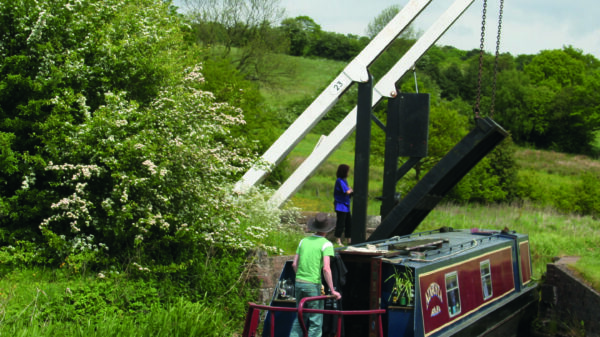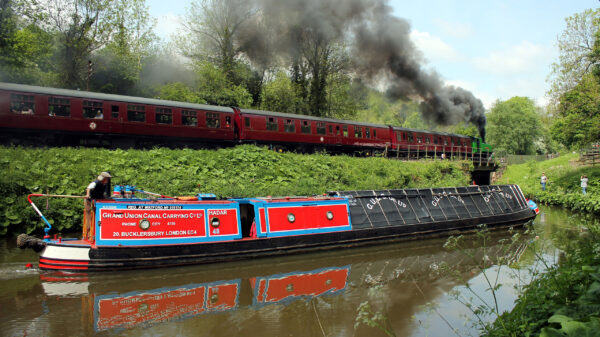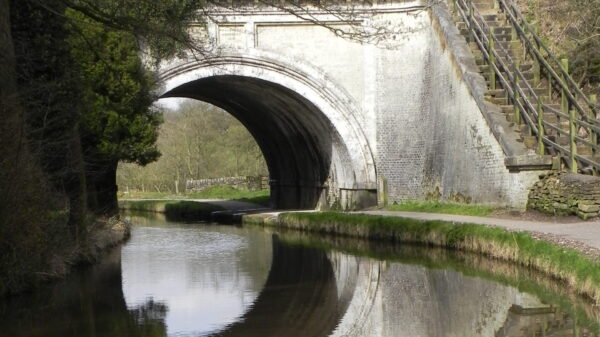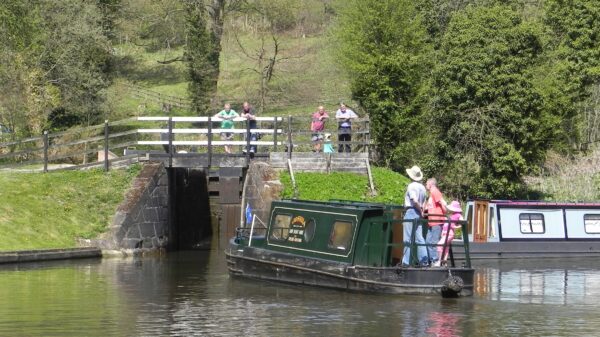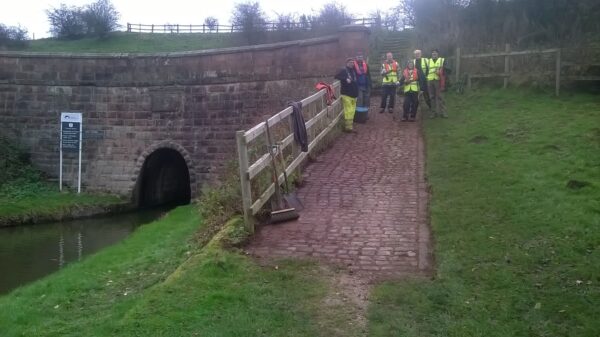About the Caldon Canal
The Caldon Canal is a branch of the Trent and Mersey Canal that starts at Etruria Junction on the summit level in Stoke-on-Trent. The main line was authorised by an Act in 1776 and the complete canal with 16 locks through to Froghall was finished two years later. Its secondary purpose was, however, to supply water to the Trent and Mersey summit. Two reservoirs were built; the feeder from Knypersley joins below Stockton Brook locks with Stanley supplying the Caldon summit level.
After problems with an inadequate water supply disrupting traffic both on the Caldon and the Trent and Mersey summit in the summer, a large reservoir at Rudyard was proposed with an extension of the summit level from Endon to Hazelhurst to connect with a feeder. The Leek authorities and local landowners objected initially to the plans, and they were not agreed until a branch canal to Leek was included. The alterations were completed in 1801. The original locks at Endon were replaced with a triple staircase at Hazelhurst with the Leek Arm junction at the top. Since the staircase impeded the flow of boats, a new junction with three separate locks was built at Hollinhurst, with an aqueduct at Hazelhurst, forty years later. This final alteration gives us the unusual ‘canal flyover’ and is one of only six places in the UK where one navigation crosses another. The Leek Arm starts at Hazelhurst junction and runs for 2¾ miles to the Rudyard feeder. The canal originally turned right here, over the River Churnet, in to Leek Basin. This last ½ mile was closed in 1957 and built over.
[The photo shows IWA volunteers working by the western portal to Leek Tunnel – by Alison Smedley]


